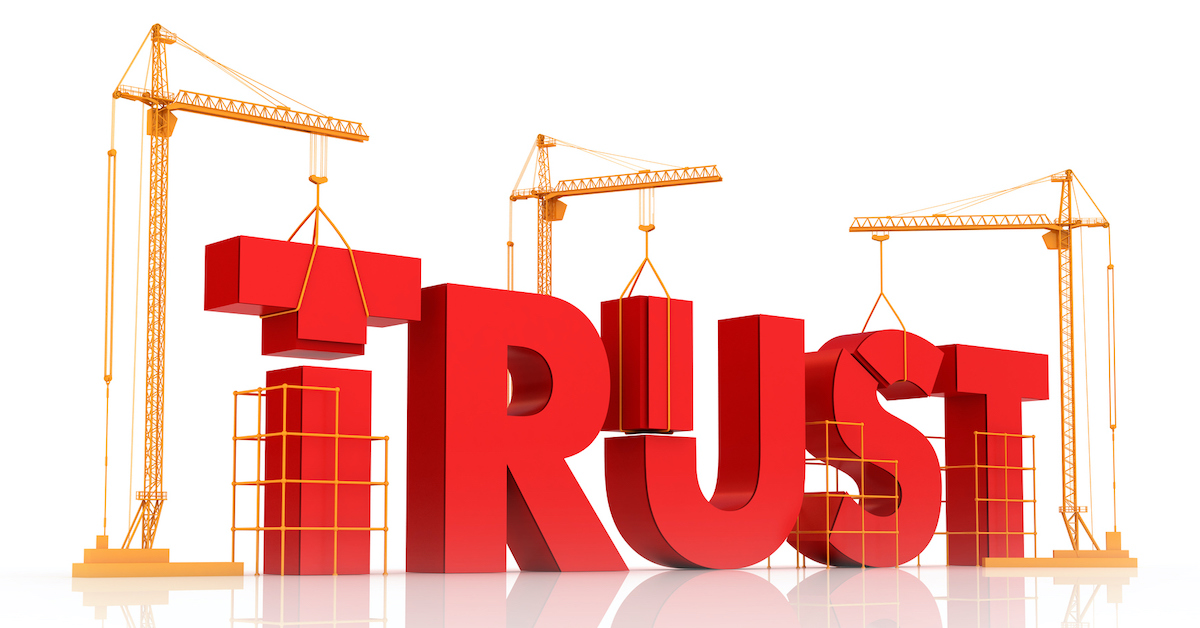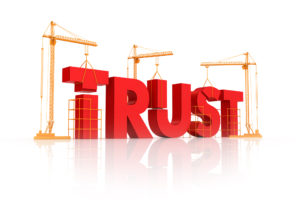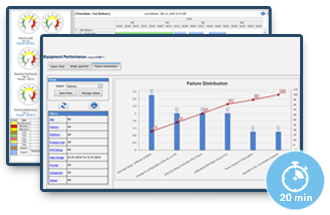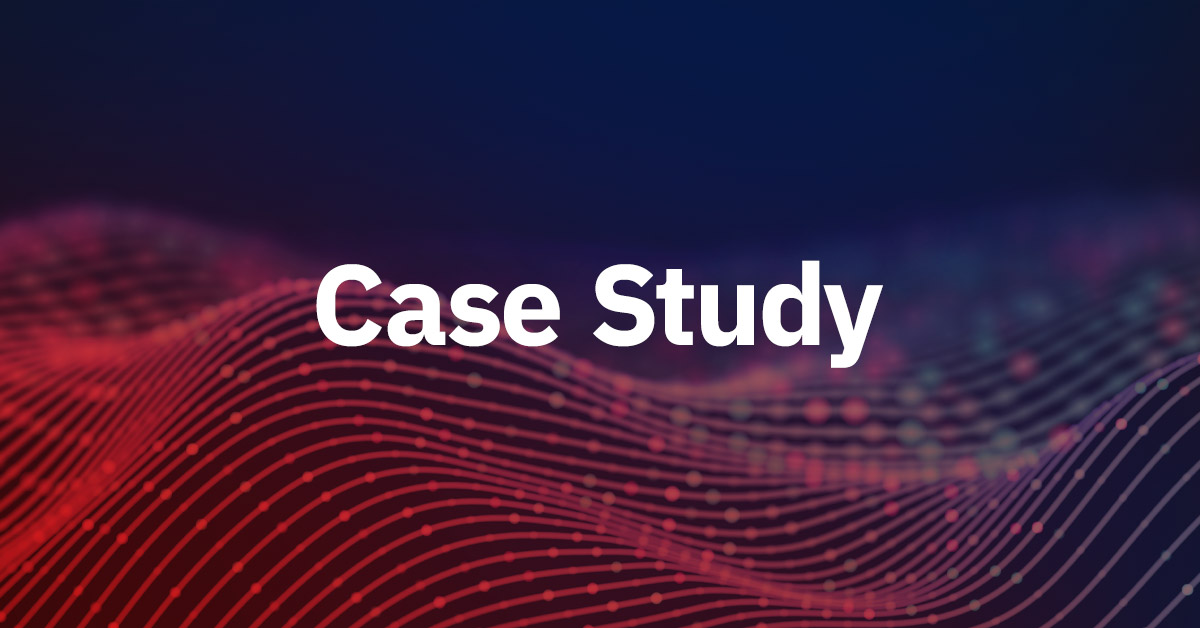

Every solution you install in your company should enable you to increase your speed and reduce cost, and minimally should “do no harm” in either area. Most solutions today fail this test and inadvertently reinforce old behaviors that add costs and delays because they aren’t designed to produce a foundation of trust. Our solutions are designed for both cost reduction and speed and aimed at helping companies and teams fulfill their mission.
Without a mission or purpose speed is irrelevant and without direction. Without trust, there is no capacity for speed in the fulfillment of the mission. Both are foundational, but this article focuses on producing standards of trust that can lead to 50% reduction in costs and 2X improvements to speed.
In asset or resource management lack of trust shows up when people hoard equipment or resources so they can get their project complete without any regard to the effects of their actions on other people’s projects and commitments. Sometimes they notice they are shifting the burden to others, but often they don’t. It’s just a habit. Part of what has become cultural practice. Whether they notice or not, the distrust that drives hoarding always shows up in ultra-low utilization as we discuss in Equipment Utilization: What’s Your Number?
This lack of trust means people won’t engage with each other to invent either, they just work as a cog in the big organizational wheel they are designed to be a part of, taking inputs and producing outputs. Acting like machines. Doing the same repetitive things over and over again. In this mindset, and often reinforced by company structures and tools, speed is not possible. What makes it possible are trustworthy networks.
Building a Foundation of Trust: What’s in a Word
We use words all the time in business without really knowing what they mean. Without an operational description that enables us to act with them. Trust is one of those words. If you ask 100 different people what trust is you will likely get 100 different answers. The same is the case for a whole host of words like: value, authority, leadership, autonomy, strategy, purpose, identity, technology, ethics, cost, etc. You get the point.
The notion of an operational description was brought to my attention by Toby Hecht, a teacher of mine for more than 20 years whom I met while I worked at GE and he was on staff at Croutonville. Toby is a business philosopher and a highly successful entrepreneur and teacher. He pointed out to me that in other professions, like law and engineering for instance, practitioners all share the same operational description of words like a “contract” or “stress”. Without agreements about what those words mean these communities can’t work effectively together. It would be impossible for a judge to adjudicate a contract dispute if there was no agreement first about what a contract was. Bridges would be small and simple or falling down all the time if engineers hadn’t agreed on the operational description for stress and continued deepened the meaning and practices associated with it over time.
In our common culture, I hear talk about “building trust” all the time as if we know what trust is or that building it is easy or obvious. We all “know it when we see it.” It is true trust can be built without knowing what it is just like ancient peoples were able to build bridges without an operational description of stress or tensile strength. The building of trust will go slowly and include lots of mistakes and breaches of trust along the way. Ultimately trust will only build to very low levels and sometimes not at all. It won’t build to levels required for superior, breakthrough performance unless you have practices for doing so. The same is true of bridges. Without the operational description we’ve built for “stress” (and many other engineering distinctions) we would not have bridges like the Golden Gate and forget about skyscrapers and jumbo jets.
Trust: In Three Moves
Trust is the interpretation – by a person judging another – that they know how someone will act with respect to what they care about. To be trustworthy requires moods, distinctions, and practices in three areas:
- Sincerity: no hidden agendas, actions inconsistent with what we say and no breaking commitments and justifying the betrayal
- Competence: standards of expertise for a specific domain of action from minimally competent to expert
- Reliability: ability to manage all of your commitments as a whole
Building a Foundation of Trust with Sente’s Proprietary Accountability Practices
When we have an operational description of trust, trust-building doesn’t look like the picture. We aren’t building a word, we are building a reputation, an identity. It looks like practices for triggering assessments of sincerity, competence, and reliability by the people with whom we are working to build trust.
Accountability Practices are all about building trust, one component at a time.
- Sincerity is built with practices for effective communications, consistently having your words match your actions (and being able to prove it), and not justifying betrayal. It sounds simple, and for triggering low levels of sincerity it is simple. Building the superior trust required for high levels of utilization, however, requires triggering superior sincerity and that requires a whole array of actions.
- Competence is built by knowing how to increase your and your team’s skill to produce new and more important outcomes that your customers care about and will value. Producing superior outcomes, like high levels of utilization, requires superior capabilities, in our case those specifically related to Accelerated Enterprise Asset Management, aEAM.
- Reliability is built with practices for being able to manage all of your life’s commitments so you can continue to focus on and deliver superior outcomes in your areas of competence. People know you are reliable when they see repeated and consistent performance.
Learning how to build trust is a competitive necessity. If your competition learns how to build trust faster than you, you will be at a competitive disadvantage and in a marketplace moving as fast as today’s that could be the difference between success and failure.

How Does Trust Lead to Speed
“Trust leads to truth and truth leads to speed”. I recall legendary CEO Jack Welch say this numerous times.
It sounds simple, and to get started it is. Jack says that if you believe someone has your back, you’ll tell them the truth. When you tell the truth you can deal with the reality of the situation and quickly resolve it. In my next blog post, Accelerate Enterprise Processes with Trustworthy Networks-of-Test-Capabilities, we’ll investigate the role of trust in producing innovation, speed, velocity, and competitiveness. We’ve been doing it for over 20 years by executing our Culture Change Algorithm, which you can read about in other blog posts.
Request a Demo

See how Scireo aEAM Software drops asset and support costs by 50% while accelerating time-to-market 2X.
Relevant Content
Case Study: Leading Defense Manufacturer Drives Asset Reduction
See how a Blueprint-for-Action baselined their situation and rapidly installed Scireo suite. It enabled a 50% reduction in obsolete equipment, provided equipment for their growing workforce and solved their compliance challenges.
Equipment Utilization Case Study: Space Company Leverages Assets
The hoarding culture was slowing this company down while impacting cost and quality. See how a journey to common processes and collaboration lead to a 50% reduction in assets as their business doubled.
Notable Quotes
“Sente’s solution saved me 6 weeks during a 6 month project. This delighted our customer, saved us money and enabled me to focus my key technical talent on another new project 6 weeks earlier than planned.”
Director of Engineering






